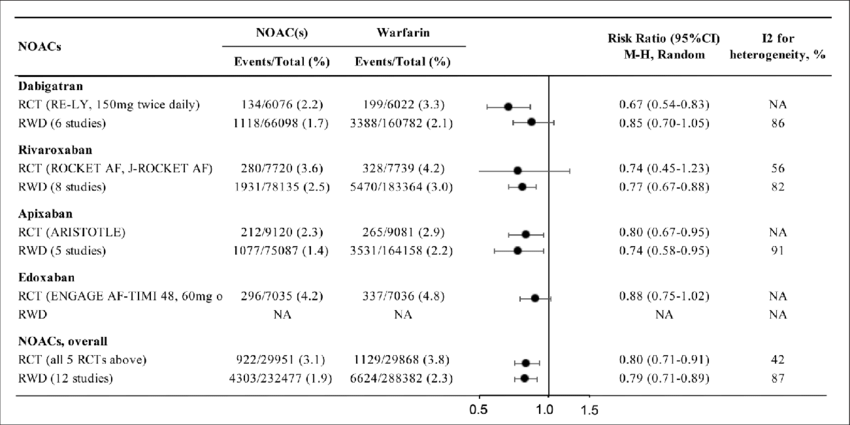
There are many opinions on what foods you should eat to improve your health. There are many options that can help you make better food choices, whether you're following a ketogenic diet or trying to reduce your carb intake. The following are just a few. For a healthier lifestyle, try them. They will assist you in making the best decisions while you're dining out or cooking at home.
A change in your diet can make a big difference to your health. Although a healthy diet can be a key part of good overall health, it's important to pay close attention to what foods you are eating. If you cannot convert the ALA found in your body to EPA/DHA, then eating all plant-based foods can be harmful. People are not able to convert plant based ALA into EPA/DHA. So eating only fruits and veggies may increase the likelihood of getting cancer.

It is important to view your food as a way for you to support your fetus. You should eat a wide variety of foods, but you should also choose organic and local food. Avoid packaged and processed foods that are high in chemicals. You will reap the benefits later. Drinking water and avoiding alcohol are two other options for living a healthy lifestyle. Healthy pregnancy is dependent on the proper balance of nutrients.
Be sure to eat high-fiber and complex carbohydrate foods when you're trying to lose weight. Air-popped popcorn has almost all the complex carbs and makes for a delicious snack. Most processed foods are high levels of salt, saturated fat and added sugar. You can snack on whole-grain bread or plain breakfast cereal as well as vegetables. Refined grains lack essential nutrients and fiber. These foods are also highly processed, which makes it hard to find healthy alternatives.
Low-calorie, low-nutrient sources of many nutrients are leafy greens (also known as beans). They are also rich sources of calcium, which helps to strengthen your teeth. These are great for people who are following a diet because they are low in fat. Limit your intakes sugary and fatty food and adhere to the guidelines. You will get the best results if you use a food plan that you are comfortable with.

Meat is a healthy food that contains a wide variety protein, carbohydrate and fat options. Breakfast is the most important thing for anyone going through cancer treatment. While this may seem like an obvious one, breakfast is the most important meal of the day, so you should make it a priority. A healthy breakfast is essential for cancer patients. It can also help you avoid unhealthy foods.
FAQ
How often do I need to exercise?
A healthy lifestyle requires regular exercise. There is no time limit on how much you should exercise. Finding something that you love and sticking with it is the key.
When you exercise three times per week, aim for 20-30 minutes moderate intensity. Moderate intensity means that you will still be working hard even after your workout is over. This type workout burns about 300 calories.
Walk for at least 10 minutes four days a weeks if you prefer walking. Walking is low impact and easy on your joints.
You can also run for 15 minutes, three times per week. Running is a great way to burn off excess calories and build muscle tone.
Start slowly if you aren't used to doing exercise. Begin by only doing 5 minutes of cardio five times per week. Gradually increase the amount of cardio you do until you reach your goal.
What is the difference among a virus or a bacterium and what are their differences?
A virus is a microscopic organism which cannot reproduce outside of its host cell. A bacterium is an organism that splits itself in two. Viruses are very small (about 20 nanometers) while bacteria are larger (up to 1 micron).
Viruses are spread via contact with infected bodily liquids such as urine, saliva, semen and vaginal secretions. Bacteria can be spread by direct contact with infected objects and surfaces.
Viral infections can be transmitted through skin cuts, scrapes and bites. They may also get into the body through the nose and mouth, eyes, ears or rectum.
Bacteria may enter our bodies through cuts and scrapes on our skin, burns, insect bites, and other wounds. They can also be introduced to our bodies by food, water and soil.
Both bacteria and viruses can cause illness. However, viruses cannot reproduce within their hosts. They can only infect living cells and cause illness.
Bacteria can grow in their hosts and cause disease. They can invade other areas of the body. We need antibiotics to get rid of them.
What's the best diet?
Your lifestyle and individual needs will determine the best diet for your body. You also need to consider how much energy you expend during exercise, whether you prefer low-calorie foods, and if you enjoy eating fruits and vegetables.
Intermittent Fasting is an alternative to traditional fasting if you are looking to lose weight. Intermittent fasting involves consuming only specific meals throughout the day, rather than having three large meals. This might be better for you than traditional diets, which have daily calorie counts.
Studies have shown that intermittent fasting can improve insulin sensitivity and decrease inflammation. This could lead to improved blood sugar levels, and a lower risk of developing diabetes. Research suggests that intermittent fasting can promote fat loss and improve overall body composition.
What can be done to increase your immune system's effectiveness?
There are trillions upon trillions on cells in the human body. Each cell works together to create organs and tissues that fulfill specific functions. One cell is replaced by another when it dies. Cells also communicate with each other using chemical signals called hormones. All bodily processes are controlled by hormones, including metabolism and immunity.
Hormones, chemicals that are secreted throughout the body by glands, are chemicals. They circulate through the blood stream and act as messengers to regulate how our bodies function. Some hormones are produced within the body while others are externally manufactured.
The hormone-producing glands release their contents into bloodstream. This is when hormone production starts. Once hormones become active, they move throughout the body until reaching their target organ. Some hormones may only remain active for a limited time. Other hormones stay active longer and continue to influence the body's functioning even after they leave the bloodstream.
Some hormones are made in large quantities. Others are made in small quantities.
Some hormones are made at certain times in our lives. Estrogen is one example. It's produced in puberty, pregnancy and menopause. Estrogen is important for women to develop breasts and maintain bone density. It also helps prevent osteoporosis. Estrogen promotes hair growth, and skin stays soft and smooth.
How can I determine what is best for my health?
You need to listen to your body. Your body knows best when it comes to how much exercise, food, and rest you need. It is important to listen to your body to ensure you are not doing too much. Be aware of your body and do what you can to maintain good health.
How much should my body weight be for my height? BMI calculator and chart
A body mass index calculator (BMI) is the best way to find out how much weight you should lose. Healthy BMI ranges between 18.5 to 24.9. You should lose about 10 pounds each month if you are trying to lose weight. Enter your height in the BMI calculator.
This BMI chart shows you if it is possible to identify if you are either overweight or obese.
Statistics
- According to the 2020 Dietary Guidelines for Americans, a balanced diet high in fruits and vegetables, lean protein, low-fat dairy and whole grains is needed for optimal energy. (mayoclinichealthsystem.org)
- This article received 11 testimonials and 86% of readers who voted found it helpful, earning it our reader-approved status. (wikihow.com)
- In both adults and children, the intake of free sugars should be reduced to less than 10% of total energy intake. (who.int)
- The Dietary Guidelines for Americans recommend keeping added sugar intake below 10% of your daily calorie intake, while the World Health Organization recommends slashing added sugars to 5% or less of your daily calories for optimal health (59Trusted (healthline.com)
External Links
How To
What does the meaning of "vitamin?"
Vitamins are organic compounds that can be found in foods. Vitamins are necessary for us to absorb nutrients in the foods we consume. The body cannot make vitamins; therefore, they must be obtained from food.
There are two types if vitamins: water soluble, and fat soluble. Water-soluble vitamins dissolve easily when they are dissolved in water. Some examples include vitamin C,B1 and B2 vitamins (thiamine), B2 and riboflavin, B3 and B6 vitamins (niacin), folic acids, biotin, pantothenic acids, and cholesterol. The liver and fat soluble vitamins are stored within the liver and in fatty tissue. You can find vitamin D, E K, A, beta carotene, and other fat-soluble vitamins.
Vitamins are classified based on their biological activity. There are eight major vitamin groups:
-
A - Essential for healthy growth and health maintenance.
-
C is important for nerve function and energy production.
-
D – Essential for healthy teeth, bones and joints
-
E - Required for good vision & reproduction
-
K - Essential for healthy muscles and nerves.
-
P - Essential for strong bones and teeth.
-
Q - aids digestion and absorption of iron.
-
R is required for the production of red blood cells.
The recommended daily allowance for vitamins (RDA) varies based on gender, age, and physical conditions. The U.S. Food and Drug Administration has established the RDA values.
For adults over 19 years, the RDA is 400 mg per day for vitamin A. For fetal development, pregnant women need 600 mg per day. Children ages 1-8 require 900 micrograms per day. Babies under one-year old require 700 mg per day. Between 9 and 12 years of age, however, this drops to 500 mg per day.
Children ages 1-18years who are obese need 800 micrograms per day while those who are overweight need 1000 micrograms per day and children who are underweight need 1200 micrograms per day to meet their nutritional needs.
Children ages 4-8 years who have been diagnosed with anemia need 2200 micrograms per day of vitamin C.
2000 micrograms per person is necessary for general health. Breastfeeding or pregnant women require 3000 micrograms per daily due to higher nutrient demands.
1500 micrograms is the recommended daily intake for adults aged 70+, who lose approximately 10% of muscle each year.
Women who have been pregnant or are lactating require more than the RDA. Pregnant mothers need 4000 micrograms per daily during pregnancy and 2500 after giving birth. Breastfeeding mothers require 5000 micrograms daily when breast milk production is occurring.